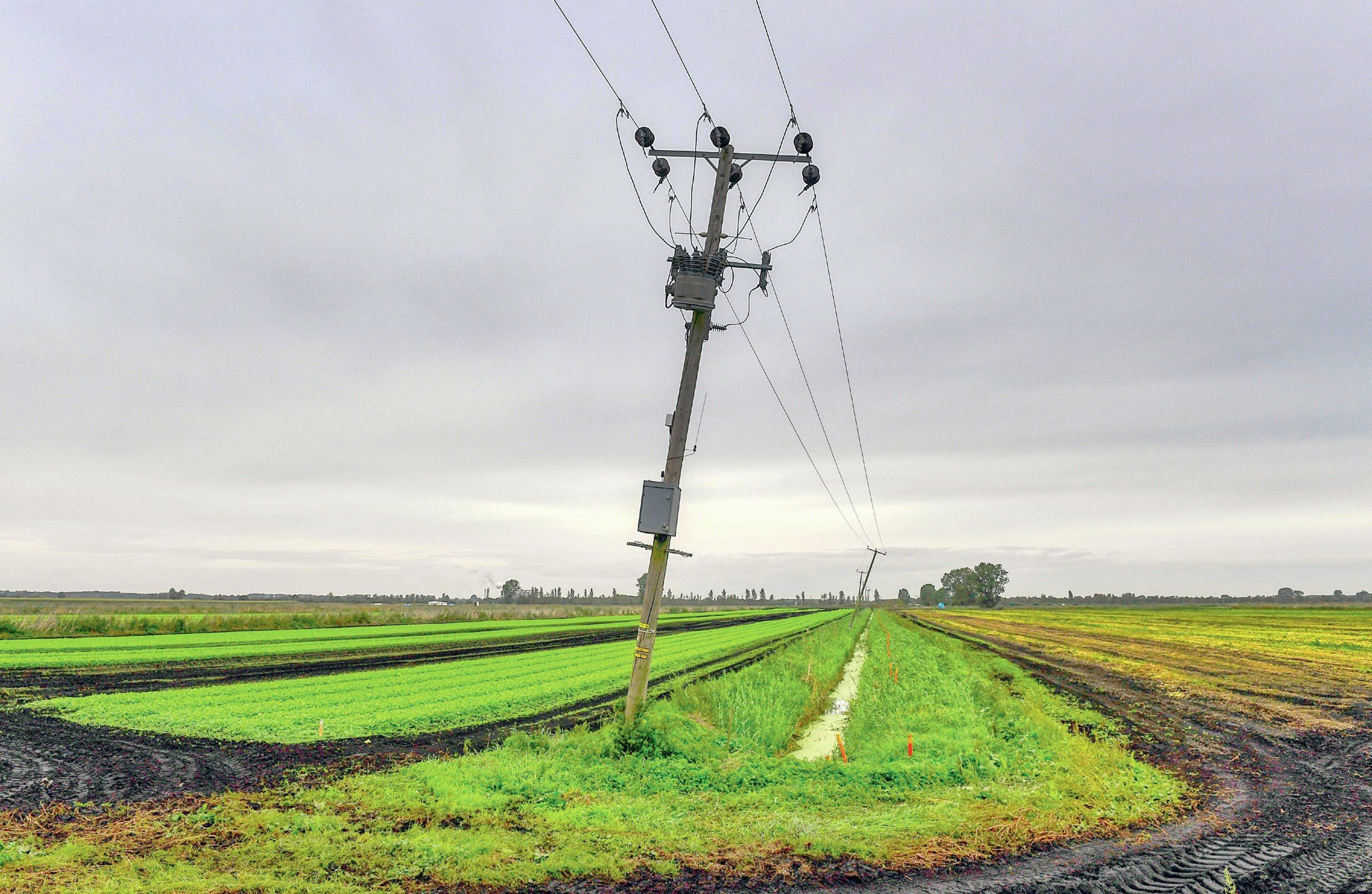
The UK has a high level of income inequality when compared with many high-income countries. In 2020, over 40% of all disposable household income belonged to the highest-earning fifth of all UK households, but just 7% went to the lowest-earning fifth, according to the Office for National Statistics (ONS). Inequalities rose further during Covid-19 lockdowns, when lower earners in part-time work sometimes lacked the same level of income support from government schemes given to higher earners (part-time workers were excluded from the Self-Employment Income Support Scheme, for example).
Disparities in wealth are another measure of economic inequality which increased during the pandemic. House prices rose significantly as demand ballooned for larger properties with gardens. New ONS data in 2020 showed that the wealthiest 10% of UK households now own 43% of all national wealth, including housing.
Your organisation does not have access to this article.
Sign up today to give your students the edge they need to achieve their best grades with subject expertise
Subscribe




